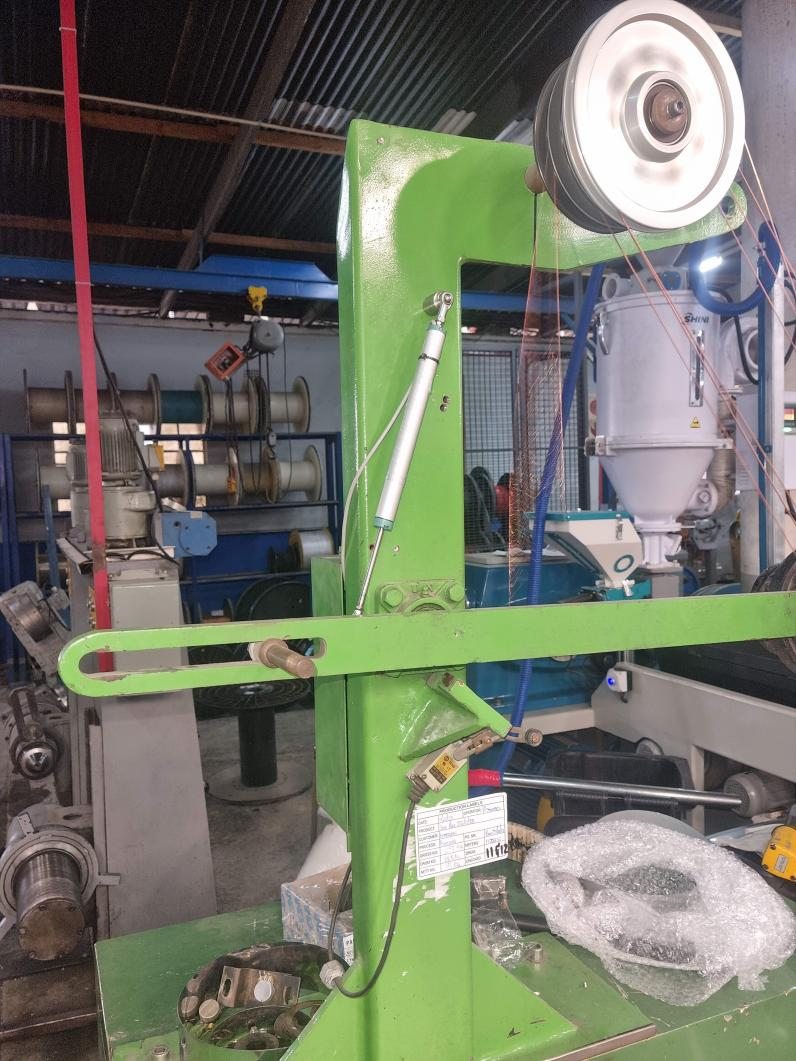Linear position sensors are useful devices that determine the position of an objects. These sensors detect movement and convert that information into electronic signals. Occasionally, problems can cause these sensors to fail. Fortunately, this text teaches you how to repair common issues with linear position sensors with simple remedies.
What are Linear Position Sensors?
There are several types of linear position sensors, including potentiometric sensors, inductive sensors, and optical sensors. Sensors are embedded at a range of locations, including cars, robots, and factory environments. Different types of sensors measure position differently, but they all measure the same thing: they help us figure out where something is.
Typical Issues with Linear Position Sensors
Signal noise One of the problems that linear position sensors can have is called signal noise. This can lead to incorrect readings. External disturbances or loose connections can also cause Signal noise. Another issue is sensor drift, which is when the sensor reads differently even if nothing has moved over time. This can occur if the sensor has dirt or dust on it.
Troubleshooting a Linear Position Sensor
Below are some actions you can take to troubleshoot a suspected linear position sensor problem. First, verify that all the connections are tight and clean. Check the sensor for damage or wear, then. If all seems good then try recalibrating the sensor if affects.
Simple Solutions to Sensor Issues
The bad news is that, if you still have problems with your linear position sensor, you can try a few things to fix it. If your sensor isn’t working as it should, one option is to clean it of any dirt or dust that could be causing problems. Dampen a soft cloth with a mild cleaner and gently wipe down the sensor. Another way to go is to ensure there are no loose connections and tighten them securely.
Preventing Problems with Your Linear Position Sensor
Regular inspection and cleaning of the sensor is important to prevent and avoid future complications and ensure proper functioning of the linear position sensor. Ensure the sensor is securely mounted and accurately calibrated as well. Fixing these issues is important to prevent further damage to the sensor, so make sure that you remove any signs of wear or damage you might find as soon as you can.
Ultimately, the most common problems linear position sensors can face, are relatively easy to solve, provided you have the right knowledge and instruments. Understanding the basics of linear position sensors, awareness of common problems, and a few steps to troubleshoot and correct the issues can help ensure that your sensor continues to provide accurate position information. Ensure precautions are taken so problems are avoided & your linear position sensor functions efficiently for years to come.
 EN
EN
 AR
AR HR
HR CS
CS DA
DA FI
FI FR
FR DE
DE EL
EL HI
HI IT
IT JA
JA NO
NO PL
PL PT
PT RO
RO RU
RU ES
ES SV
SV IW
IW ID
ID LV
LV LT
LT SR
SR SK
SK SL
SL UK
UK VI
VI ET
ET HU
HU TH
TH TR
TR FA
FA AF
AF KA
KA UR
UR BN
BN
